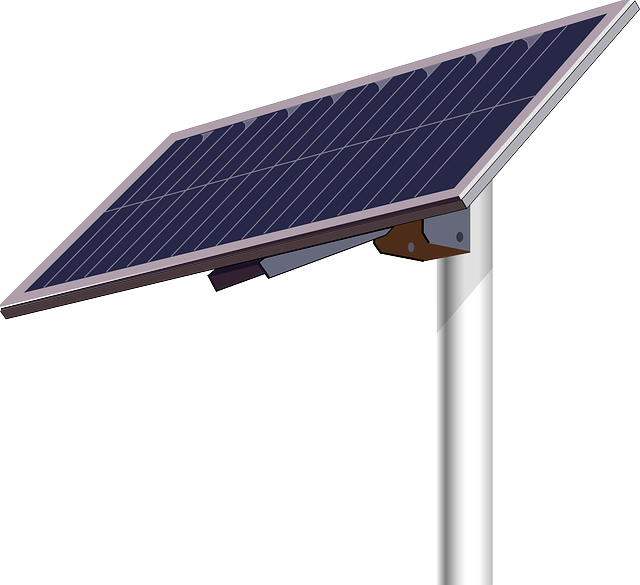Solar energy is becoming more popular, accessible, and affordable in the United States. It’s a great idea to save money while doing your part for the environment. Electric companies compensate people who push their excess solar energy back into the grid with bill credits on their electricity bills. This system is called net metering.
Save money
A buy back solar energy in California plan allows homeowners to earn credit on their energy bills for their panels’ excess power. They can then use these credits to offset future electricity bills. On average, 20-40% of a home’s solar panel’s electricity production feeds back into the grid. This localized energy helps reduce the demand for fossil fuels and supports a clean, renewable energy industry. The utilization of solar power is rapidly increasing in the United States. It is a highly effective method for homeowners to reduce their energy expenses significantly. Solar panels generate surplus electricity, resulting in a lower monthly electric bill.
Furthermore, solar power systems aid in minimizing the reliance on fossil fuels, which is exceedingly advantageous for the environment. Any excess power generated by the solar panels is returned to the grid and credited to their electric bills at the full value in kilowatt-hours (kWh). These credits can be carried over to the next billing cycle, but any unused credits are reset to zero at the end of a year. The amount of credit the homeowner receives depends on the power company’s tariff or the wholesale energy rate on the grid.
Support renewable energy
Transitioning to solar energy helps the environment and can significantly save energy bills. Some electricity providers offer a solar buyback program allowing solar homeowners to receive credit for any excess energy they contribute to the grid through net metering. This program further enhances the financial benefits of going solar. If your building’s solar panels produce more power than it consumes at any point, the excess goes to the grid through the smart meter. The electricity company compensates it as part of its solar buyback program. This compensation is normally reflected on your energy bill as a credit. Any credits that are not used in a billing cycle can roll over to the next month. The amount of credits you receive for sending power to the grid depends on your electricity provider. However, it’s worth noting that the value may differ between plans. Some may offer a small fraction of a cent per kilowatt-hour, while others value it at the wholesale price. Nevertheless, purchasing solar energy from the grid is an excellent way to support renewable energy and reduce strain on your local grid.
Help the environment
In one hour, the earth’s atmosphere receives enough sunlight to power the electricity needs of all of us for a year. But solar energy can sometimes generate more than we consume, so excess capacity must be pushed back to the grid. That’s where solar buyback programs come in. These programs allow a homeowner to sell their extra renewable energy to the utility company for credit on their energy bill. In most cases, these credits are worth more than what a homeowner pays to consume electricity each month. A solar panel system can be expensive to install, but savings on electric bills often offset the cost. Homeowners typically break even on the initial investment in six to 10 years or less. Plus, solar panels have a life expectancy of 25 to 40 years, meaning they will continue saving owners money for many decades. The best part is that when solar panels produce more energy than they consume, they go to the grid, which can be bought back later in the day or year. This process is called net metering, and it’s made possible by smart meters and a solar buyback program with your electricity provider. This excess power is usually compensated with a bill credit that can be rolled over to the next month, depending on your chosen plan.
Support your local community
When you go solar, the energy your panels generate is sent back to the grid during the daytime. This energy is used to power nearby homes and businesses. You receive bill credits or cashback when you produce more than you consume. These credits can be rolled over month to month or even year to year. This is called a solar buyback. With solar energy becoming more and more accessible, popular, and affordable in the US, it’s important to understand your options for buying back your excess energy. Solar buyback plans, or net metering, are an excellent option for people who generate more electricity than they use. To qualify for a solar buyback plan, your home or business must have a rooftop solar system that can generate more than you consume during a billing cycle. In addition, your electricity utility (called a Transmission and Distribution Service Provider or TDU) must approve your solar system and declare it safe to connect to the power grid. Once approved, the amount of surplus generation that goes to the grid will be credited to your account at the wholesale price of energy in your zone.









